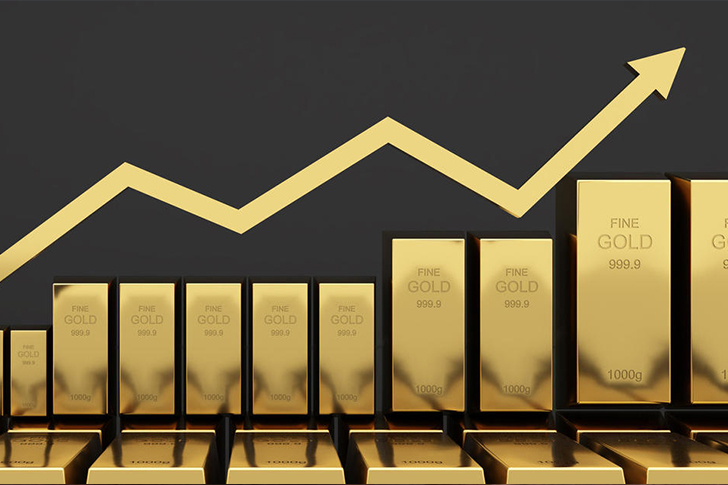Affordable Approaches to Investing in Gold
Gold has been a symbol of wealth and a significant form of investment for centuries. Its ability to act as a hedge against inflation and currency devaluation makes it an attractive option for many investors. However, accumulating this precious metal can seem daunting and expensive. This article explores various affordable approaches to investing in gold that can fit into a range of budgets while minimizing risk.

Understanding the Investment Appeal of Gold
Gold is renowned for its ability to preserve value over time. Historically, it has served as a safe haven during times of economic instability. According to the World Gold Council, demand for gold surged in times of financial uncertainty, such as during the economic downturn caused by the COVID-19 pandemic. Additionally, gold is a finite resource, which adds to its ongoing demand and intrinsic value.
Physical Gold: Coins, Bars, and Jewelry
Investing in physical gold is perhaps the most straightforward method. Physical gold can be purchased in the form of bars, coins, or jewelry. Coins and bars are preferable for most investors due to their higher purity compared to jewelry. As of 2023, the price of a 1-ounce gold bar can range anywhere from $1,800 to $2,000 depending on market conditions. Smaller denominations, such as 1-gram bars or 1/10-ounce coins, offer more affordable options, usually costing around $60 to $200. These smaller pieces make it feasible to invest in gold gradually, adapting the investment to one’s budget.
Gold Exchange-Traded Funds (ETFs)
For those who prefer not to store physical gold, gold ETFs offer a convenient alternative. These funds hold gold as their primary asset but trade on stock exchanges much like stocks. This means investors can buy and sell shares in gold ETFs through a brokerage account. The SPDR Gold Shares ETF, one of the largest gold ETFs, holds gold bullion as its asset. As an indirect approach to investing in gold, it removes the challenges of handling and storing physical gold. It is essential to consider that while ETFs mirror the price movements of physical gold, they may involve additional fees, such as management fees, that could affect investment returns.
Gold Mining Stocks and Mutual Funds
Investing in stocks of companies that mine, process, and trade in gold is another way to invest in gold without owning it physically. These stocks tend to be highly leveraged to the price of gold. For example, if the price of gold rises by 5%, a gold mining company’s profits may jump significantly more, potentially boosting the stock price. Gold mining stocks can be purchased through most brokerage firms. Mutual funds that specialize in gold and generally include a mix of physical gold and mining stocks, provide a diversified gold investment option with varying degrees of risk and exposure to gold prices.
Gold Futures and Options
For more sophisticated investors, gold futures and options present a method to speculate on the future price of gold. Futures contracts allow one to agree to buy or sell a specific amount of gold at a predetermined price at a future date. This approach can provide significant leverage but also increases the risk. Options give the right, but not the obligation, to buy or sell gold at a set price before the contract expires. These financial instruments are complex and recommended for experienced investors with higher risk tolerance.
Digital Gold
A recent innovation in gold investment is digital gold, which allows investors to buy gold online and store it in secured vaults. Companies like BullionVault and GoldMoney facilitate the purchase of gold in fractions, lowering the minimum investment requirements. This can be an excellent option for those looking to invest small amounts of money in gold. The ownership of this gold is typically represented by a certificate as opposed to physical gold, combining the security of physical gold investment with the ease of digital transactions.
Considerations Before Investing in Gold
While investing in gold can be an exciting prospect, it’s vital to consider several factors. Market timing, liquidity needs, investment tenure, and risk tolerance should all be taken into account. Moreover, understanding the fees associated with different investment forms of gold is crucial. For instance, physical gold requires safe storage, which may incur costs, while ETFs come with management fees. Investors must also stay informed about economic factors that influence gold prices, such as inflation rates, currency fluctuations, and global economic stability.
Conclusion
Gold is a diverse and accessible investment commodity that can enhance the stability and profitability of an investment portfolio. Whether choosing physical gold, gold ETFs, mining stocks, or digital gold, each approach offers unique benefits and risks. By carefully considering these options and aligning them with individual financial goals and circumstances, investors can effectively leverage gold to protect and grow their wealth over time.
As the financial landscape evolves, so do the methods for investing in gold. Staying informed and adaptive will help investors not only maintain but potentially increase the value of their investments in this ever-relevant asset.







Recent Comments